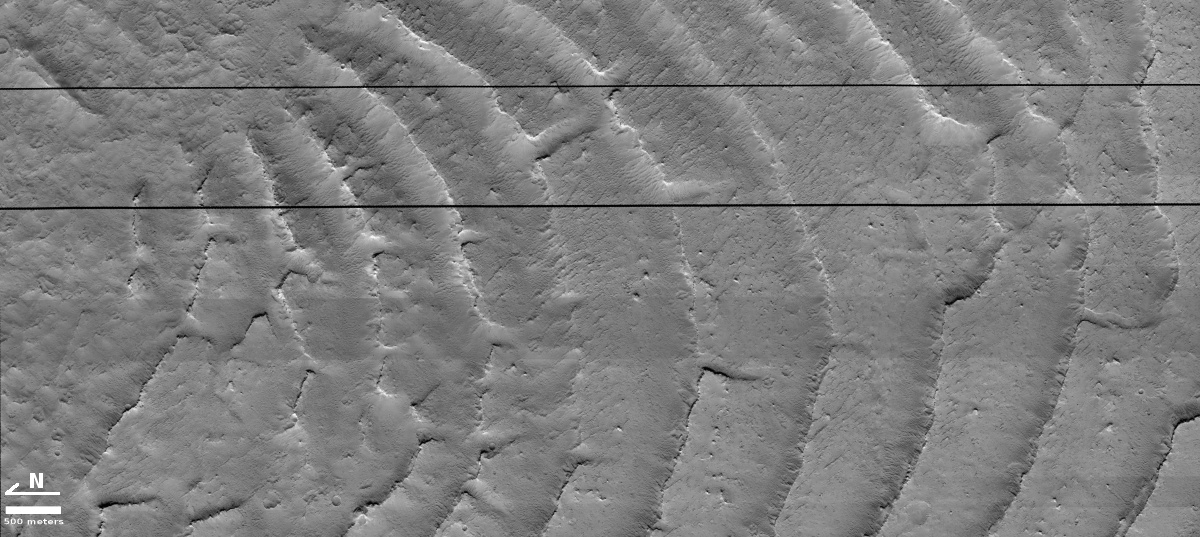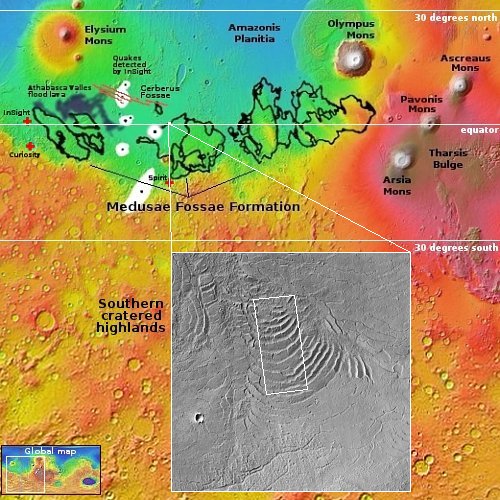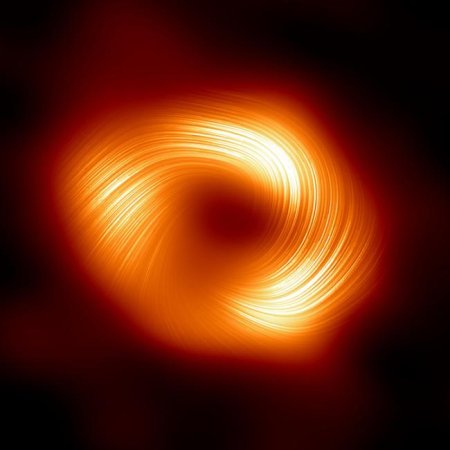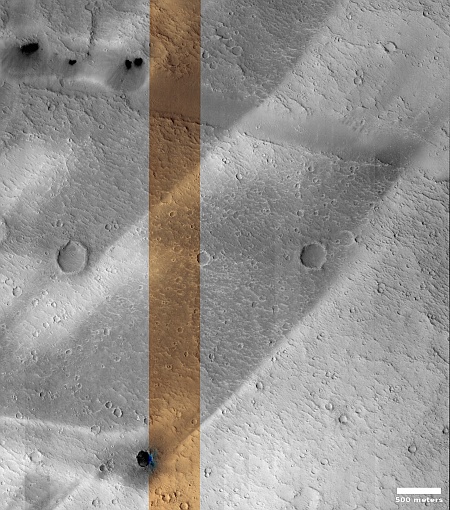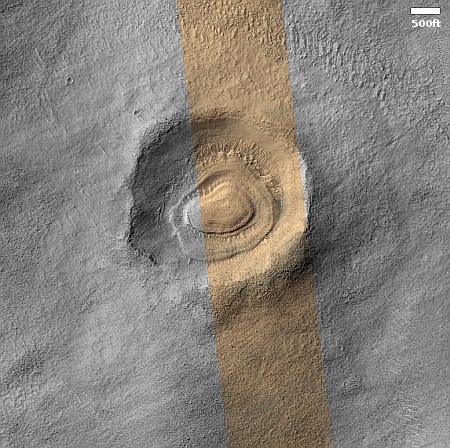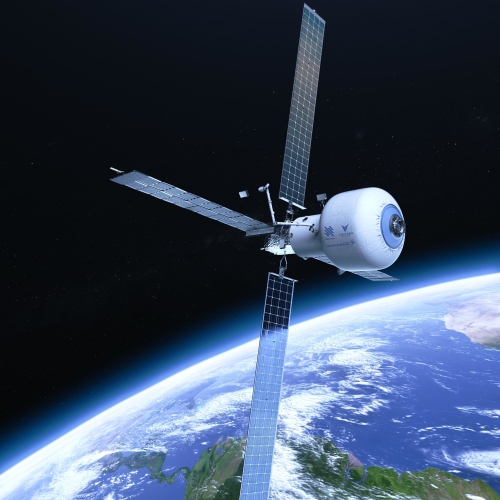Boeing announces a new round of layoffs related to its SLS NASA contract
Boeing yesterday announced that it will layoff another 71 employees in connection with its SLS NASA contract, based on rumored changes in NASA’s entire Artemis lunar program, including the increasingly real possibility that SLS will be canceled entirely by the new Trump administration.
The defense contractor was already in the midst of reducing its workforce, including in Alabama. But today, the company told AL.com that changes to its contract with NASA to develop the Space Launch System program sparked the need for some of the 71 layoffs. “As Boeing and NASA continue to finalize contract revisions for Boeing’s work on the Space Launch System program, we have successfully mitigated a majority of the previously announced workforce reductions,” a Boeing spokesperson said in an email to AL.com.
The news article at the link actually suggests that the total number of layoffs is now half that predicted by the company a few weeks ago, so it remains very unclear if these layoffs are because NASA is considering cancelling SLS, or because Boeing is simply shifting SLS management from development (which requires more people) to routine operations.
Boeing yesterday announced that it will layoff another 71 employees in connection with its SLS NASA contract, based on rumored changes in NASA’s entire Artemis lunar program, including the increasingly real possibility that SLS will be canceled entirely by the new Trump administration.
The defense contractor was already in the midst of reducing its workforce, including in Alabama. But today, the company told AL.com that changes to its contract with NASA to develop the Space Launch System program sparked the need for some of the 71 layoffs. “As Boeing and NASA continue to finalize contract revisions for Boeing’s work on the Space Launch System program, we have successfully mitigated a majority of the previously announced workforce reductions,” a Boeing spokesperson said in an email to AL.com.
The news article at the link actually suggests that the total number of layoffs is now half that predicted by the company a few weeks ago, so it remains very unclear if these layoffs are because NASA is considering cancelling SLS, or because Boeing is simply shifting SLS management from development (which requires more people) to routine operations.




